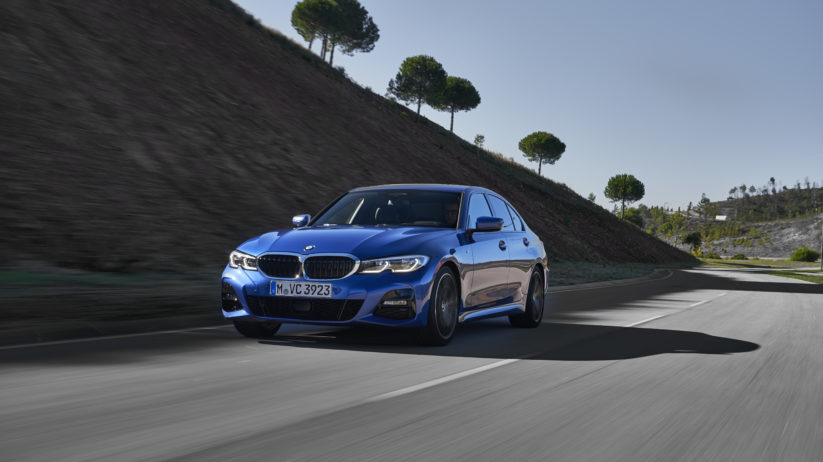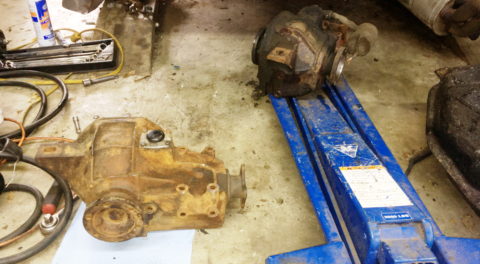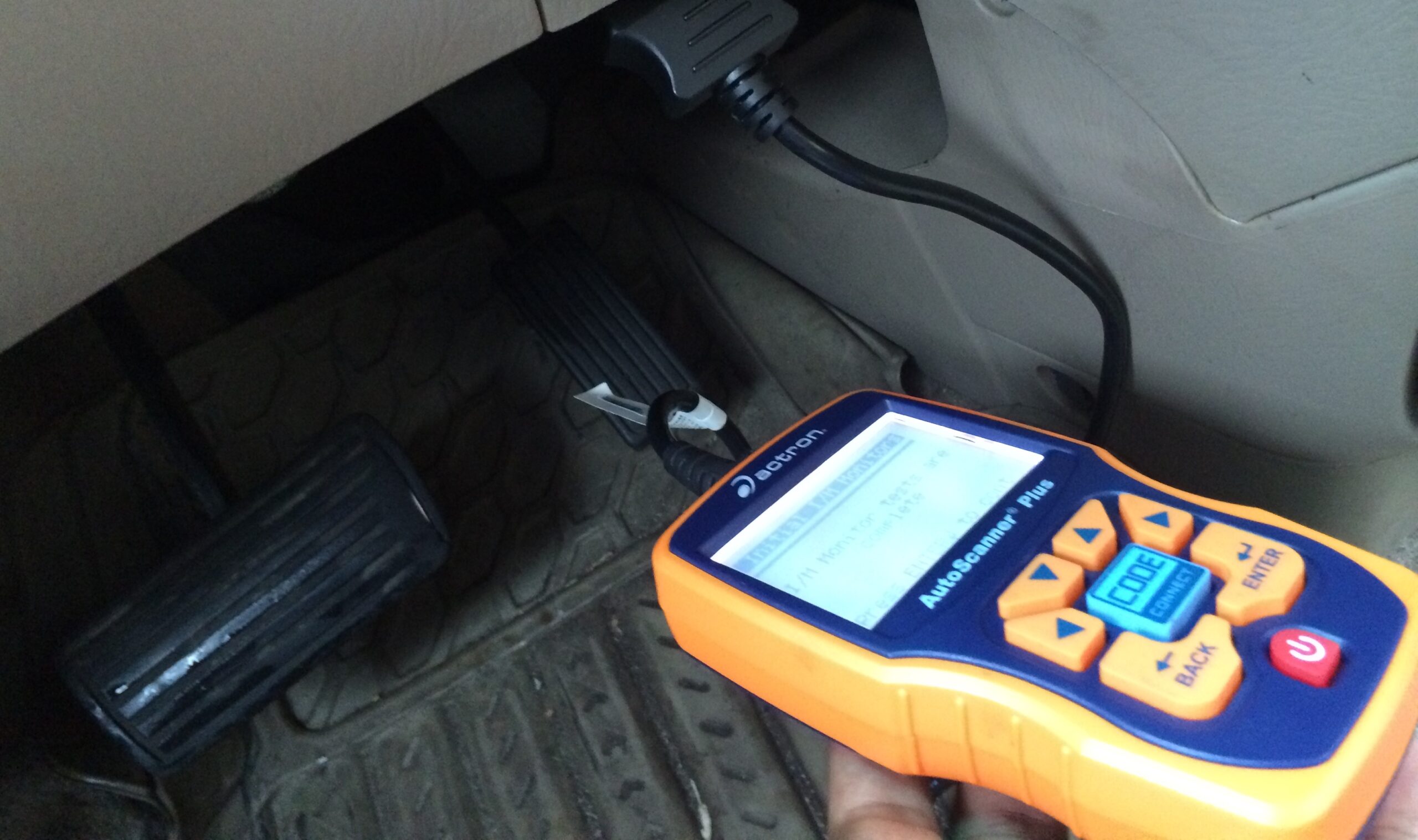Need further justification for trading up to a brand new 3 Series? Even with electrification on the horizon for just about everything, it seems automakers are still exploring the limits of just how powerful and fuel efficient modern turbocharged and direct-injected engines can be. Last month, Car and Driver published their instrumented test of the G20 330i, and the results are impressive almost entirely across the board. While braking, grip, and acceleration are all improved over the F30 330i, the G20 also beat its predecessor in terms of fuel economy. During Car and Driver’s 75 mph fuel-economy test, in which subjects are driven for two hours at a sustained freeway speed, the 2019 330i burned just one gallon for every 42 miles traveled.
This was not a stripped-down 3 Series with few options and the conventional aerodynamic bodykit, either. Instead, this was a rear-drive M-Sport model with track handling package, which means the tires are sticky Michelin gum balls as opposed to low-rolling resistance rocks—the 42 mpg figure may have been even higher for a lesser optioned example. The EPA rates the 2019 BMW 330i at 26 mpg city and 36 highway, for a combined total of 30. That’s a good bit higher than the F30 330i it replaced, which was rated at 24 and 34 city and highway, for a combined total of 27 mpg.
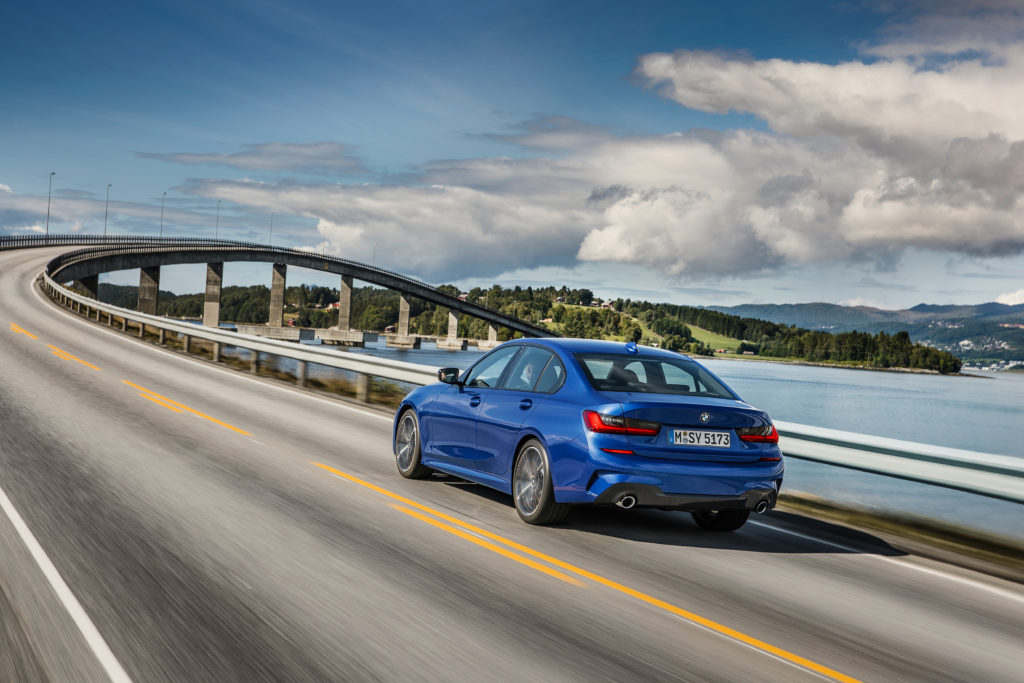
But the G20 330i doesn’t just shine when lined up against other BMW models, it actually outperforms numerous econobox cars that one would expect to sip fuel while on the freeway. The 42 mpg returned by the 330i is tied for the best in its luxury class—against the diesel (!) Jaguar XE—and is better than the Honda Civic and Toyota Corolla which saw 41 mpg, or the Mazda 3 which posted 39. The 330i was also more fuel efficient than the 530e hybrid at 38 mpg, and it was just two mpg behind the Toyota Camry Hybrid at 44.
One might think these gains in terms of fuel economy would come at the expense of a cheaper interior, less sound deadening, and other forms of cost cutting, but that’s simply not the case with the G20. In addition to feeling much more high quality in terms of materials and process than the F30 according to the court of public opinion, the 330i managed to cling to the pavement around the skidpad at up to 0.95 g, and came to a stop from 70 mph in just 150 feet—sizable improvements over the last generation.
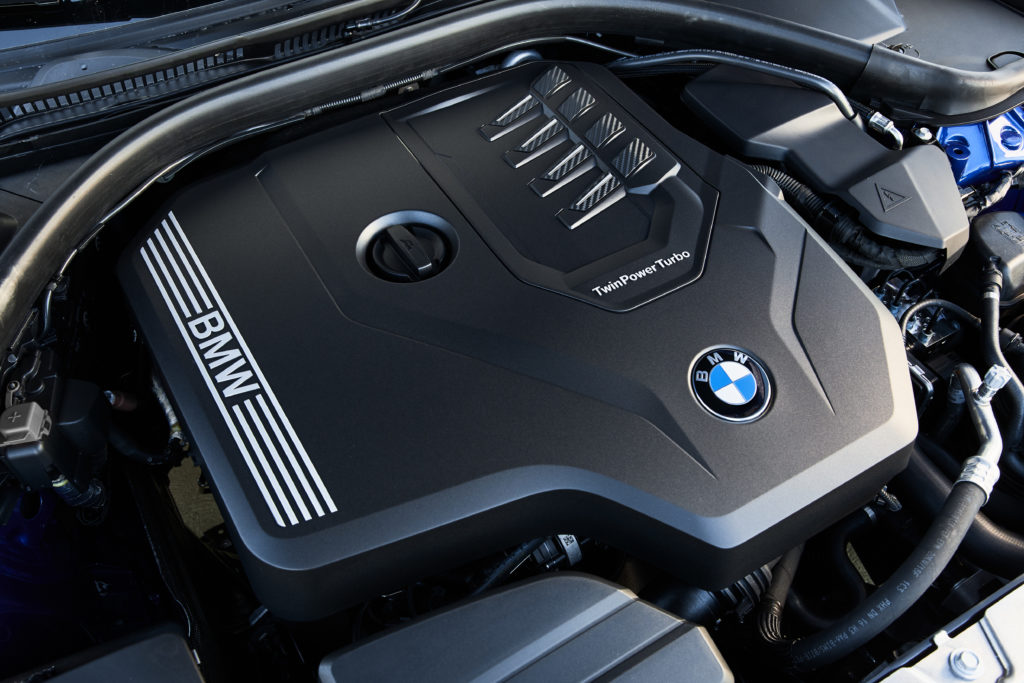
How is BMW achieving these impressive results? The best explanation is the refinement of technology over the long term. From the six-cylinder E30 to the last naturally-aspirated six-cylinder 3 Series (the E90), fuel economy for BMW’s volume seller didn’t change much—in fact, the 325e of the 1980’s remains more fuel efficient than many other BMW models that came after according to the EPA. Replacing the entry-level NA six with a turbo four in the F30 was a large step forward, but it wasn’t until the G20 that BMWs experience with the newest 2.0-liter four cylinder and eight-speed automatic drivetrain began to galvanize.
From a basic, non-technical standpoint, the B48 four-cylinder of the G20 330i is essentially identical to the unit used in the F30 330i, and it isn’t much different in terms of fundamentals than the N20 it replaced, either. Nonetheless, incremental improvements over the years, which have also been applied to the ZF eight-speed automatic transmission that debuted back in 2008, have yielded strong advancements across the board—in addition to providing exceptional fuel economy, it’s also more powerful than before with 255 horsepower and 295 pound-feet of torque. The B48 in the G20 330i isn’t even the most potent of the line up, but that’s the same amount of torque the N55 six-cylinder had when it hit the market in 2009.—Alex Tock
[Photos courtesy BMW AG.]

